Apple variety Jonathan
Jonathan is an American apple variety with late winter ripening, selected in 1886 from the seedlings of the Esopus Spitzenburg variety. Other names for the apple tree are Winter red, Horoshavka winter, Oslamovskoe. This variety is very popular and most widespread in areas of industrial horticulture, but in the new plantings of recent years it is already noticeably less common. Since 1954, Jonathan has been zoned throughout Ukraine. However, in the climatic conditions of Russia, it is not winter-hardy enough, therefore, it is recommended for use by the State Register of varieties only in the North Caucasus region.

Trees of medium vigor, broadly rounded crown, slightly spreading, medium thickened. Skeletal branches of medium thickness form sharp corners with the trunk (from 35 to 75 degrees) and diverge at the ends to the sides. With age, the main branches take on a slightly drooping shape under the weight of the crop. The bark on the trunk and branches is brownish-greenish in color. Fruiting of a mixed type, fruit setting occurs mainly on ringlets, fruit twigs, spears and annual growths.
The kidneys have a moderate degree of excitability, the ability to shoot is high.
Shoots are greenish-brown in color, slightly geniculate and strongly pubescent, thin or medium in thickness. The leaves can be small or medium in size, the shape of the leaf is elongated-ovate, the edges are slightly raised, slightly wavy, with serrate-crenate serration. The surface of the leaf blade is dull, slightly wrinkled. A characteristic feature of the Jonathan apple tree is the color of its leaves - green, with a bluish-silvery bloom due to dense pubescence.
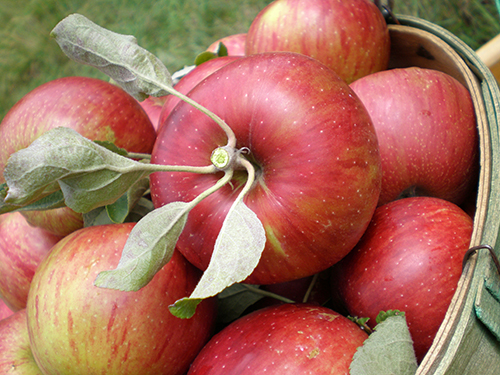
Abundant flowering occurs in mid-late periods. The pollen has an average viability (26 to 41%). With free pollination, from 16 to 32% of the fruits are tied. The following varieties are recognized as the best pollinators of the Jonathan apple tree: Golden Delicious, Idared, Mekintosh (Macintosh), Spartan, Ruby Duki, Umanskoe winter. The variety has a tendency to self-fertility: as a result of artificial self-pollination, from 5 to 7% of the fruits are tied, and with natural - from 2.5 to 3%.
Fruits are one-dimensional, medium-sized or larger, the weight of one apple can range from 105 to 150 grams. The fruits have a weakly flattened rounded or rounded-conical shape, the surface of the apples is even, sometimes slightly ribbed in the upper part, smooth, with a slight glossy sheen. The main color of apples is greenish-yellow, the integumentary color occupies almost the entire surface of the fruit in the form of an intense blurry or striped dark red blush. The subcutaneous dots are white, moderately or well visible on the skin; rustiness in the form of a "mesh" can rarely be found. The skin itself is quite thin, but at the same time dense and elastic. The stalks are thin, short or medium in length. The funnel is medium in width, rather deep, with rustiness. The saucer is usually deep, slightly folded, of medium width, and has almost vertical sides. Closed cup. The calyx tube is medium in width, often rather long, funnel-shaped. Seed chambers of a closed type.
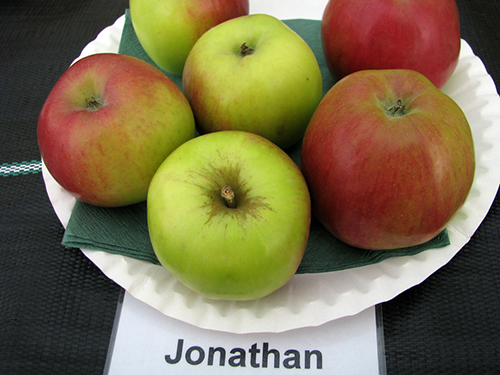
The flesh of the apples just removed from the trees is greenish-white, while the optimally ripened ones are light cream or light yellow, dense structure, with a pleasant aroma and very juicy. Apples have an excellent dessert, wine-sweet taste (the sweet taste is basic, the sourness is barely caught). The taste score on a 5-point tasting scale is 4.4 - 4.5 points.In terms of chemical composition, the fruits of the Jonathan apple tree grown in southern Russia contain: dry matter (13.7%), the amount of sugars (from 10.6 to 11.3%), titratable acids (0.65%), ascorbic acid ( 6 mg / 100 g), P-active substances (100 mg / 100 g). In addition to fresh consumption, apples of this variety are often used for processing into jams and preserves, as well as for making dry powders and bases for table wines.
The period of removable ripeness of fruits falls on the middle of September (second decade). In storage conditions, apples are stored until the end of February, in a refrigerator - usually until mid-April, to a maximum of May. During storage, apples can wither or become covered with a bitter "Jonathan" spot, most often this is caused by a violation of normal storage conditions. High transportability.
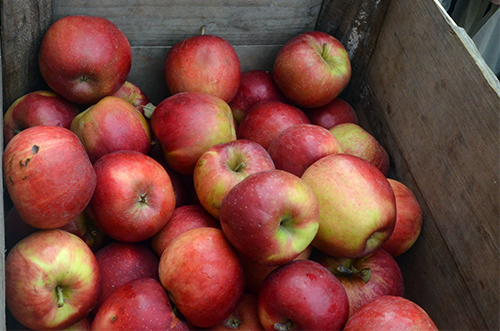
The variety is fast-growing, on medium-sized stocks of apple trees bear fruit from the 5th year. Fruiting is characterized by stability and generosity. Trees at the age of 5 - 6 years give about 15 - 18 kg of fruit, and 10 - 12-year-old apple trees can bear from 40 to 85 kg per tree. The maximum yield was recorded at the “Sad-Gigant” state farm: 490 kg of apples were harvested from individual trees. A decrease in the productivity of trees and shrinking of fruits can be observed when growing apple trees on insufficiently fertile soils and with a lack of moisture.
The level of winter hardiness of the variety is not high enough: with a significant decrease in temperature in winter, perennial wood freezing is observed.
Scab resistance is relatively high, but powdery mildew resistance is low.
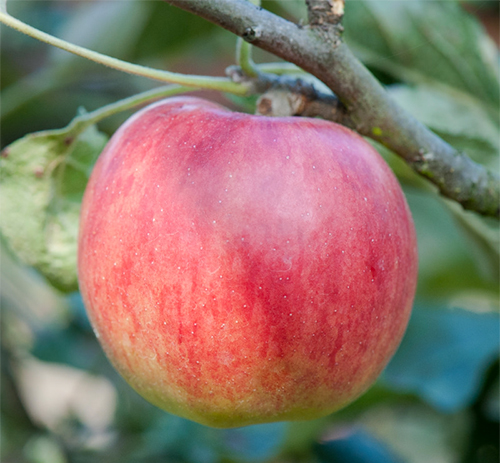
The variety is excellent for private gardens and commercial cultivation. Sunny locations are preferred for tree planting. The most suitable soil type is fertile loam and sandy loam.
The main advantages of the apple tree are: excellent taste of dessert-type fruits, high yield, early maturity.
Main disadvantages: severe damage by powdery mildew, insufficiently high level of winter hardiness, damage to fruits by spotting during storage.
Jonathan was actively used in the work by domestic and foreign breeders as an initial form. With his participation, about 40 new varieties were created (more than half abroad), including: Idared of the selection of the USA (Jonathan x Wagner), Memory of Sergeev of the selection of the SKZNIISiV (Jonathan x Anis Kubansky). Also, varieties immune to scab were bred: the Canadian McFree selection of the Ottawa Experimental Station (with the participation of Jonathan, Mekintosh, Rom Beauty, M. Floribunda 821) and the French Prime selection of the Angerskaya Experimental Station.
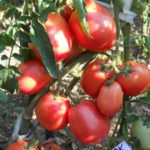
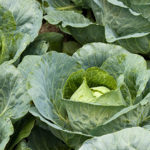
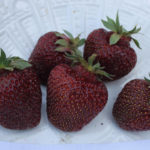
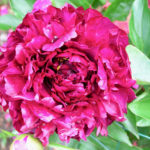
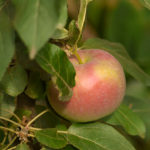
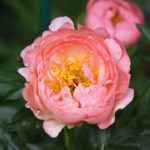



The taste of childhood is associated with Jonathan. Apples are bright, juicy and fill the body with vitamins throughout the winter. Stored relatively well. Granny still wraps each apple in paper and puts it in one ball in boxes. We tear it off very carefully, when pressed, dents remain and the shelf life is reduced. The size of the fruits is different in each year: when there are few apples on the tree, they are very large, and when there are many, they are medium in size.
An apple tree that always pleases with a high yield. The fruits are reddish-orange in color with excellent taste, the flesh is slightly hard. The apple preserves quite well in winter, provided it is picked correctly and accurately (brown spots remain on the peel when pressed, which subsequently lead to decay).